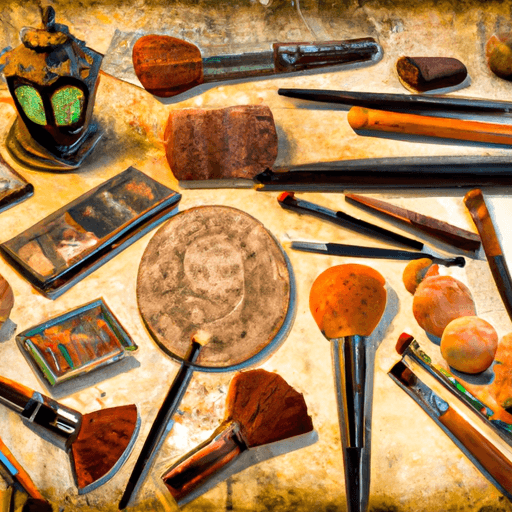The Allure of Ancient Beauty Rituals and Their Perspective in Modern Times
Beauty rituals have been integral to human societies since time immemorial. Some of the best-known beauty practices originate from ancient civilizations such as Egypt, Rome, India, and China. These practices have not only stood the test of time but continue to influence modern aesthetics and skincare regimes, often admired for their simplicity, holistic approach, and wisdom embedded in their creation.
The Historical Context
Unveiling the era when beauty was not in bottles, these ancient civilizations relied on nature for beauty solutions. Cleopatra from ancient Egypt is often cited as an epitome of timeless beauty, known to bathe in milk and honey to maintain her radiant skin. In Rome, noble women were known for creating complex skincare concoctions featuring ingredients like barley flour and butter for soft skin. Indian beauty culture is enriched with Ayurvedic practices utilizing herbs and natural oils. The Chinese adhere to an elaborate skincare regime as part of their traditional medicine, emphasizing balance and harmony.
Ingredients and Methods Used
Most ancient beauty rituals involve all-natural ingredients, such as honey, clay, mud, herbal oils, plant extracts, and animal products. A common element is the emphasis on holistic wellbeing - beauty that radiates from inside out. For instance, Ayurveda presupposes that internal health, diet, and spirituality significantly influence one's physical attractions.
Beliefs behind These Rituals
The ancients believed in a profound connection between the mind, body, and spirit, and that beauty is a harmonious manifestation of these aspects. For instance, the Chinese concept of Yin and Yang illustrates this interconnectedness and balance that radiates as physical beauty.
Influence on Modern Practices
Ancient beauty rituals have primarily influenced contemporary beauty culture. Modern skincare frequently turns towards these practices for effective, non-toxic, and holistic health. Products like mud masks, organic oils, herbal extracts, and ancient beauty tools like jade rollers are all examples of this influence.
The Relevance in Contemporary Times
In today's world, where synthetic, chemical-laden products are increasingly called into question, people are turning to more natural, holistic practices. Ancient beauty procedures fit this ethos perfectly, explaining their enduring relevance. They provide an opportunity to reconnect with nature and tradition but also with oneself. Their philosophies of beauty, characterized by balance, health, and wellness, align well with sustainable living ethos and a global trend towards wellness.
Scientific Backing
Although these rituals were established long before modern science, several practices have been supported by recent research. For instance, honey, a major ingredient used by Egyptians, is recognized today for its natural anti-bacterial and moisturizing properties. Likewise, the Ayurvedic practice of oil pulling has been credited for oral health benefits.
In conclusion, not only do these ancient beauty rituals present a captivating chronicle of human understanding of beauty and wellness throughout the ages, but importantly, they offer valuable inspiration for redefining the contemporary aesthetics and skincare.

















Comments
Leave a Comment